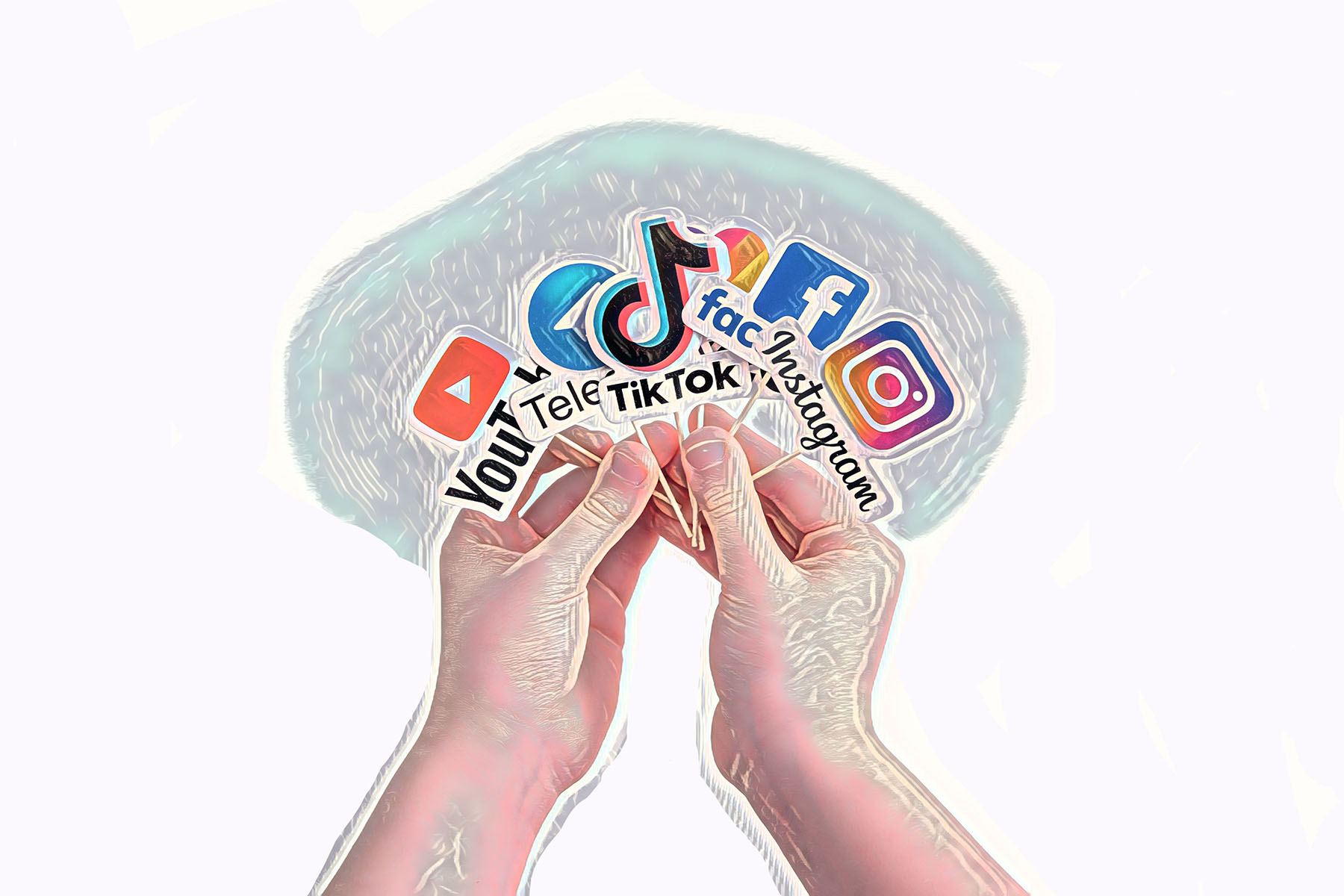The unbranded campaign has long been a tool marketers wield, but that doesn’t mean everyone knows how to most effectively achieve the desired results. There is an art to getting the timing right—launching before your product is approved, but not too early that your brand arrives with a thud. An art to grabbing attention—helping a lesser-known disease become known among overwhelmed healthcare professionals (HCPs) who already must deal with too much as well as potentially unaware and undiagnosed patients who are looking for hope and answers. An art to marketing without the same restrictions placed on branded campaigns—just how creative can you get with the reins a little less restricting?
To provide you with a guide for how to get unbranded disease awareness and education campaigns right, PM360 asked 10 experts for their insights. They addressed the following questions:
- When is the best time to launch/run an unbranded or disease awareness campaign? How long before the launch of a product is optimal to help prime the market for its arrival? Do you continue to run unbranded campaigns after a product’s launch? If so, what factors or circumstances play into your decision to use an unbranded approach?
- What are the best or most effective strategies for developing unbranded or disease awareness campaigns that resonate with your intended audience? What works best for educating HCPs? What works best for educating patients?
- What are some of the best examples of unbranded campaigns, outside of campaigns you worked on, that you have seen and consider worth emulating? What, in your opinion, made these campaigns so good?
- How do you measure the success of unbranded or disease awareness initiatives? What metrics or key performance indicators (KPIs) are best to look at? How should they be viewed in comparison to your other marketing efforts?
- Are there any newer strategies, channels, technology, or other opportunities that marketers should consider that could or already are proving to be more effective ways to educate audiences?
 When developing an unbranded campaign, whether for patients or HCPs, it is so important to first gather insights from the market: Where are there still knowledge or information gaps that an unbranded or disease awareness campaign can fill? Is there a specific challenge or opportunity within the market that is best addressed with an unbranded approach? These insights can be gained from market research, advisory boards, and/or engaging with advocacy groups or professional organizations. What is key, however, is to seek a true understanding of the needs of the customers and if any new needs will arise based on new product entrants.
When developing an unbranded campaign, whether for patients or HCPs, it is so important to first gather insights from the market: Where are there still knowledge or information gaps that an unbranded or disease awareness campaign can fill? Is there a specific challenge or opportunity within the market that is best addressed with an unbranded approach? These insights can be gained from market research, advisory boards, and/or engaging with advocacy groups or professional organizations. What is key, however, is to seek a true understanding of the needs of the customers and if any new needs will arise based on new product entrants.
For example, how can you best support patient education? Are patients trying to learn more about their disease and finding a gap in credible data? Do patients struggle with diagnosis or getting a referral to an appropriate physician? Will you be introducing a novel mechanism of action (MOA), for which it would be helpful to have education around the pathway it acts on? Do patients want to learn from other patients, and hear about their experiences with a disease? With new patients being diagnosed on an ongoing basis, the value of an unbranded patient campaign extends well beyond the launch of a product.
For physicians, it’s important that unbranded campaigns evolve as educational needs shift, considering the specific challenges or opportunities within the market at any given time. For example, prior to even considering therapeutic options, is diagnosis a challenge within the disease state? Could unbranded education support earlier diagnosis by highlighting differential diagnosis case studies or demystifying new biomarkers, tests, or assays? Are there new diagnosis or treatment algorithms that need greater awareness? How can you support multidisciplinary discussion? Ask yourself: What are the key questions in your disease state?
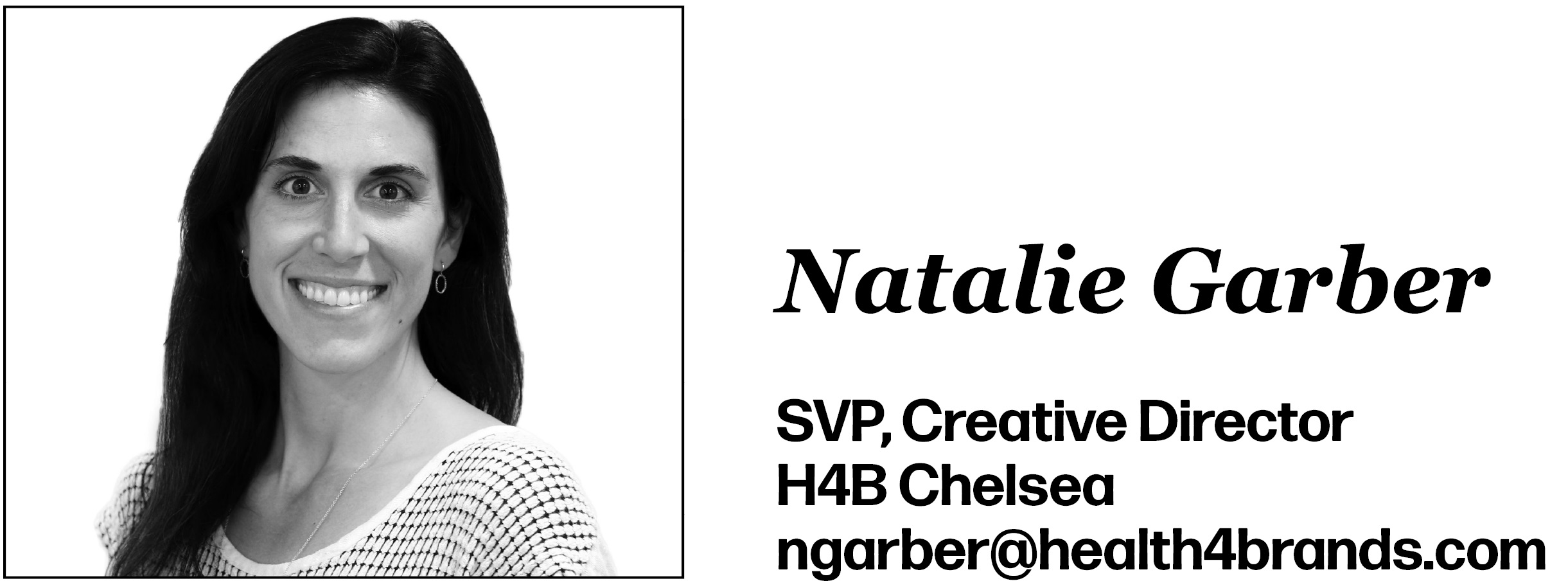 If a tree falls in the woods, does it make a sound? Likewise, if you’re trying to launch an unbranded campaign, will it make any noise? Unbranded campaigns are the campaigns creatives most look forward to developing. The good ones make you say, “Damn, I wish it were mine.” The best ones tap into a deep meaningful insight from the human experience and inspire action, education, and social change.
If a tree falls in the woods, does it make a sound? Likewise, if you’re trying to launch an unbranded campaign, will it make any noise? Unbranded campaigns are the campaigns creatives most look forward to developing. The good ones make you say, “Damn, I wish it were mine.” The best ones tap into a deep meaningful insight from the human experience and inspire action, education, and social change.
The Cannes Lion winning campaign “Letters for a Law” by Fundación El Herbólogo raised awareness of Parkinson’s disease patients affected by Chile’s restriction on medical marijuana. Many of these patients were treated like criminals for using the marijuana treatments they required to live normal lives. The live documentary followed patients writing petitions to Chilean lawmakers before and after taking marijuana. The patients’ handwriting, initially incomprehensible from Parkinson’s induced tremors, became smooth and legible on THC. The simple human truth that marijuana prevents patients from losing their ability to write—an everyday, bodily function we can take for granted—inspired the community to demand their politicians overturn the law.
Another example is the “Normal” men’s health campaign for Peyronie’s disease that tapped into an undeniable truth that many men avoid going to the doctor and talking about their health. The campaign uses a simple metaphor—crooked vegetables that are immediately evocative of the condition. Beyond getting men to self-identify, it inspired being a “man with a plan” and self-advocating for one’s health. The injection of humor helped ease the stigma in starting a conversation with their HCP. The campaign inspired a SNL sketch and other parodies, becoming part of the cultural zeitgeist, which spread awareness to a larger audience. This attention drove more patients to their urologist and generated a 42% increase in sales for Xiaflex.
 This probably sounds like common sense, but frankly a best practice to follow includes ensuring the content is truly “unbranded.” If your audience, whether patients or HCPs, sense a whiff of bias, you’ll lose them and any existing goodwill. Your campaign should be tied to verifiable sources (e.g., CDC data or from reputable organizations such as the Mayo Clinic). Do no attempt to brand anything—explicitly or implicitly.
This probably sounds like common sense, but frankly a best practice to follow includes ensuring the content is truly “unbranded.” If your audience, whether patients or HCPs, sense a whiff of bias, you’ll lose them and any existing goodwill. Your campaign should be tied to verifiable sources (e.g., CDC data or from reputable organizations such as the Mayo Clinic). Do no attempt to brand anything—explicitly or implicitly.
You should also get savvy at search engine marketing, and use predictive modeling for where and how to reach your audience. Use data mining insights to learn where your target audience already is and target them there. HCPs are best educated by their peers, and a digital peer-to-peer approach can be especially effective if done well. For example, YouTube is an effective vehicle, but content has to be relevant and clips should be short. When it comes to patients, a social media approach to targeting and educating patients is most effective.
When to Employ Unbranded
An unbranded or disease awareness campaign makes a lot of sense in a few instances, especially in the rare disease space. But it can also have a meaningful impact if your mature brand enjoys a dominant market share. In this case, a core strategy would be to expand the market or increase utilization of the class of drugs that your product exists within.
At Grifols, we’re fortunate to be able to do this in the rabies immune globulin (RIG) space where HyperRAB has over an 80% market share, and where we maintain an unbranded presence through www.rabieswatch.com. This has been an effective strategy toward making unbiased treatment guidelines and patient management information more accessible to HCPs. Optimizing patient treatment ultimately benefits the brand and we’ve had great success with this approach.
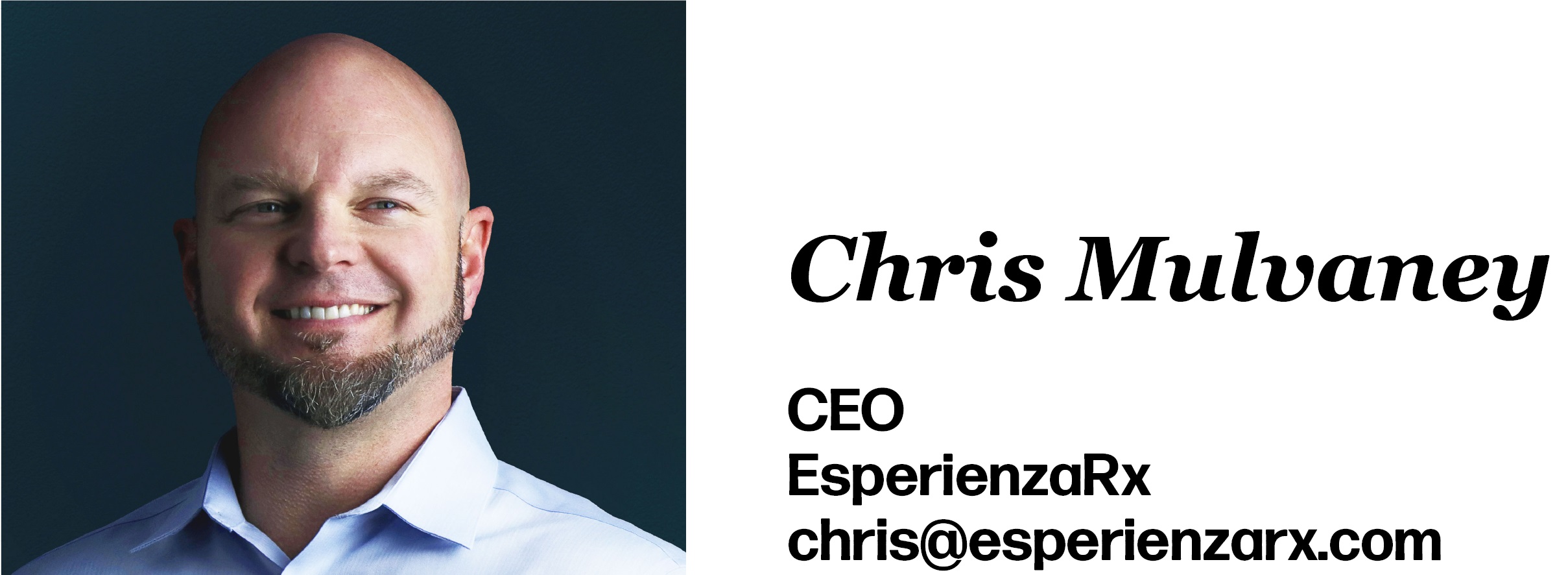 Spending on disease awareness campaigns is sharply up across the globe but many of the tried-and-true marketing and communication strategies that used to work are having less of an impact today. With increasing competition, marketers can no longer rely solely on ads, brand name recognition, or print advertising to drive awareness. Meanwhile, digital content has proven to be a more effective strategy in raising awareness about current, emerging, and annual health concerns in three ways:
Spending on disease awareness campaigns is sharply up across the globe but many of the tried-and-true marketing and communication strategies that used to work are having less of an impact today. With increasing competition, marketers can no longer rely solely on ads, brand name recognition, or print advertising to drive awareness. Meanwhile, digital content has proven to be a more effective strategy in raising awareness about current, emerging, and annual health concerns in three ways:
1. Winning strategies in pharma marketing almost always involve social media campaigns. Facebook, Instagram, and YouTube have become information hubs for consumers and are proven drivers of traffic. Knowing how certain demographics of users interact with brands on social media allows marketers to serve content in distinct formats across multiple platforms that directs viewers back to the brand’s unbranded website.
2. Video content is vital. Marketers are not only finding new engaging ways to lean on storytelling to bring their messaging to life, forward-thinking pharma companies such as Pfizer and Novartis AG have also invested big in virtual reality (VR). This presents a major opportunity for pharma companies to showcase their empathetic sides to consumers. The ultimate goal, as always, is to guide players back to the pharma company’s unbranded website with a call-to-action that’s enticing enough to lure the players out of the VR experience.
3. Adding value to the patient is priority #1. Unbranded mobile apps and websites, such as asthma.com offer up consumer information about certain conditions or topics, without mentioning the brand or products by name. Because content on unbranded websites don’t include any product claims, pharma companies can worry less about FDA regulations as they raise awareness about the diseases their drugs have been developed to treat.
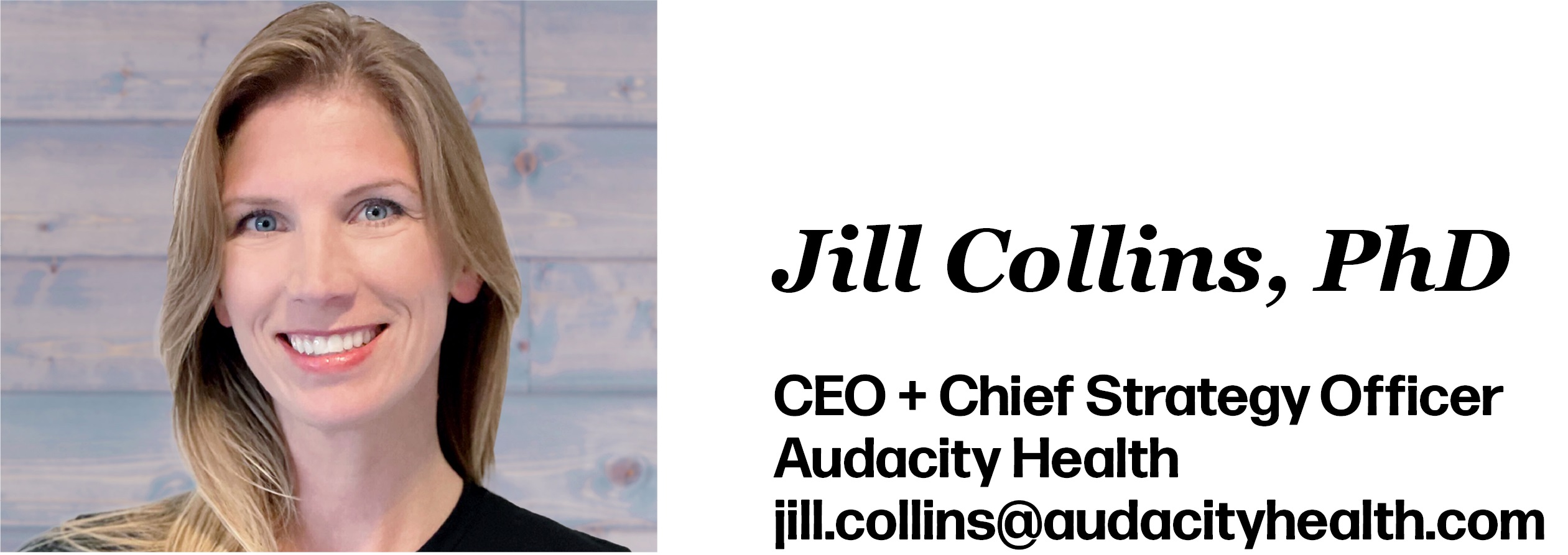 The timing for launching or running an unbranded campaign depends on the level of disease awareness. For well-known diseases or conditions, an unbranded campaign should focus on current challenges and run for a short window of around three to six months to prime the market. After launch, you are better positioned to make specific claims about the nature of your solution and can fold that campaign into your branded efforts.
The timing for launching or running an unbranded campaign depends on the level of disease awareness. For well-known diseases or conditions, an unbranded campaign should focus on current challenges and run for a short window of around three to six months to prime the market. After launch, you are better positioned to make specific claims about the nature of your solution and can fold that campaign into your branded efforts.
For rare diseases or conditions with low public awareness, it’s best to launch an unbranded campaign earlier to build understanding and drive awareness. Unbranded campaigns should promote general disease education over a longer period, as this can be seen as more trustworthy to help build credibility. It’s also worth running an unbranded campaign alongside a branded effort post-launch to continue driving awareness and education.
What Astellas Did Right
A great example is Astellas’ “What’s VMS” unbranded disease awareness campaign. By including compelling statistics, articles from reliable sources, and an informative video explaining the biological cause of hot flashes, the website provided comprehensive information in an easy-to-understand manner that appeals to women’s proclivity for seeking out health information online. Additionally, the FAQs and quiz helped personalize the experience for each visitor, and the ongoing newsletter allowed for further engagement.
Astellas was also the first life sciences company to leverage TikTok Pulse, showing their commitment to staying ahead of the trends and utilizing new technologies. They developed two TikTok videos in a platform-tailored style with prominent, trusted influencers to foster social support, an important element of many women’s health management. This campaign was an effective way to raise awareness and empower patients to have informed conversations with their doctors.
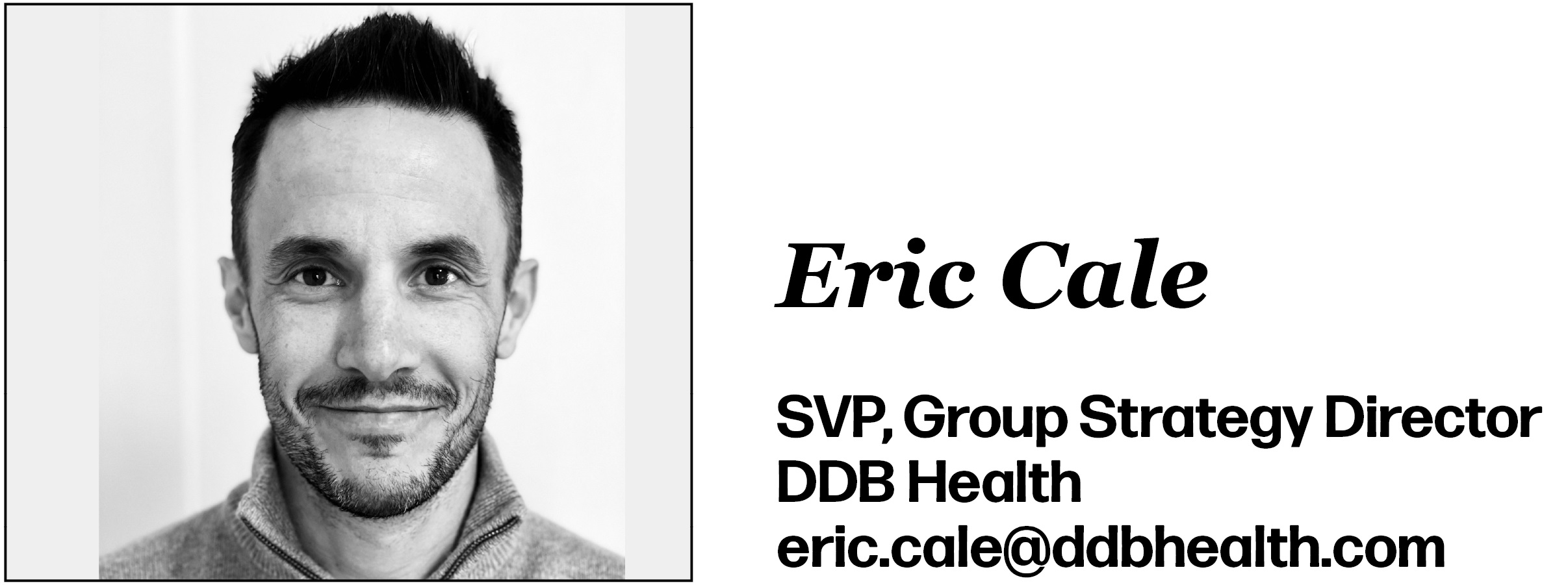 For effective unbranded and disease awareness campaigns, think like a brand.
For effective unbranded and disease awareness campaigns, think like a brand.
Unbranded and disease awareness efforts today share a fundamental challenge with brands—breaking through the clutter. Fifty years ago, the average person received between 500 and 1,000 marketing messages per day. In today’s COVID-impacted world, that number has skyrocketed to 10,000.
Positioning became the foundation for branding based on the principle that to be heard in an over-communicated society, brands break through by owning a single idea in the mind of the customer that is meaningful and motivating.
Offer Audiences Meaning and Motivation
The same principle can be applied to disease awareness. Regardless of whether it is a patient or a provider, “meaning” and “motivation” make the difference. People learn when information is made meaningful—by elucidating an unmet need, for example. Motivation increases when people see how that knowledge is applied to their (or their patients’) health. To make disease awareness break through the clutter, go beyond becoming an information destination.
Instead, think more like a brand! Start by identifying a single idea that is unknown or underappreciated. Then, define how it is particularly meaningful to each target audience, and motivate that audience through content that will inspire action and improve lives.
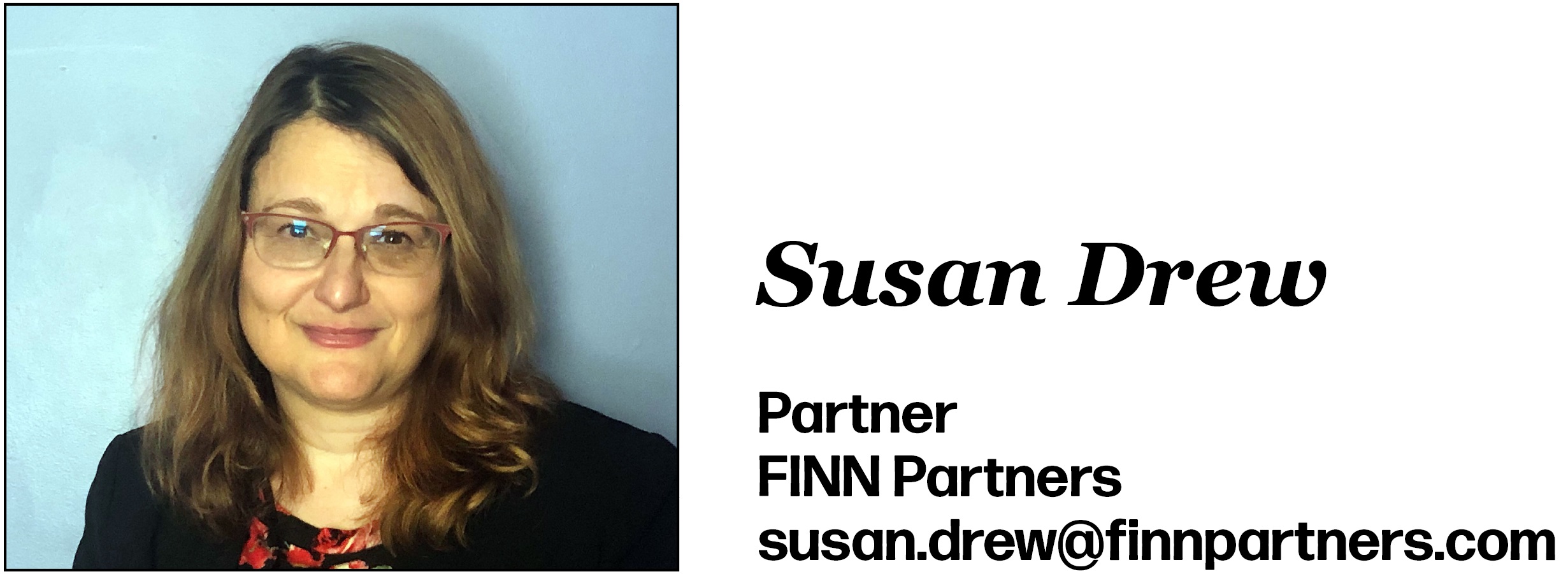 The decision if and when to launch an unbranded disease awareness campaign should be based on two key factors:
The decision if and when to launch an unbranded disease awareness campaign should be based on two key factors:
1. Will the campaign meet a specific educational need within the therapeutic category? If the disease is unknown, an unbranded campaign to raise awareness is vital. Meanwhile, with a well-known disease category, it’s important to identify a unique element of the disease’s impact that you can address. If you can offer a unique position or valuable tool to people living with the disease, a subset of the broader population, or the HCPs who treat them, an unbranded disease awareness campaign is worth exploring.
2. Is your company established in the category and do you have a relationship with the community? If not, an unbranded disease awareness campaign can help demonstrate your commitment to those impacted by the condition. Providing educational resources through an unbranded campaign is especially important in disease categories with an engaged, active patient population, such as in rare diseases. However, if you are operating within a crowded category, such as diabetes, then it’s equally important to make sure any educational content you put out is identifiable to your company and aligned to your mission and vision.
A Newer Strategy to Consider
The pharma industry has a growing appetite for online influencer promotion and follower education. Often, these content creators are not mega celebrities with millions of followers but “micro-tier” influencers with fewer than 50,000 followers who dedicate their platform to a specific disease. Often, working with a small team of three to five niche creators can be more effective in reaching target audiences, especially when they are already seeking and sharing information. Establishing relationships with trusted community voices and encouraging them to create content that is real and relevant to their patient followership increases credibility and trust.
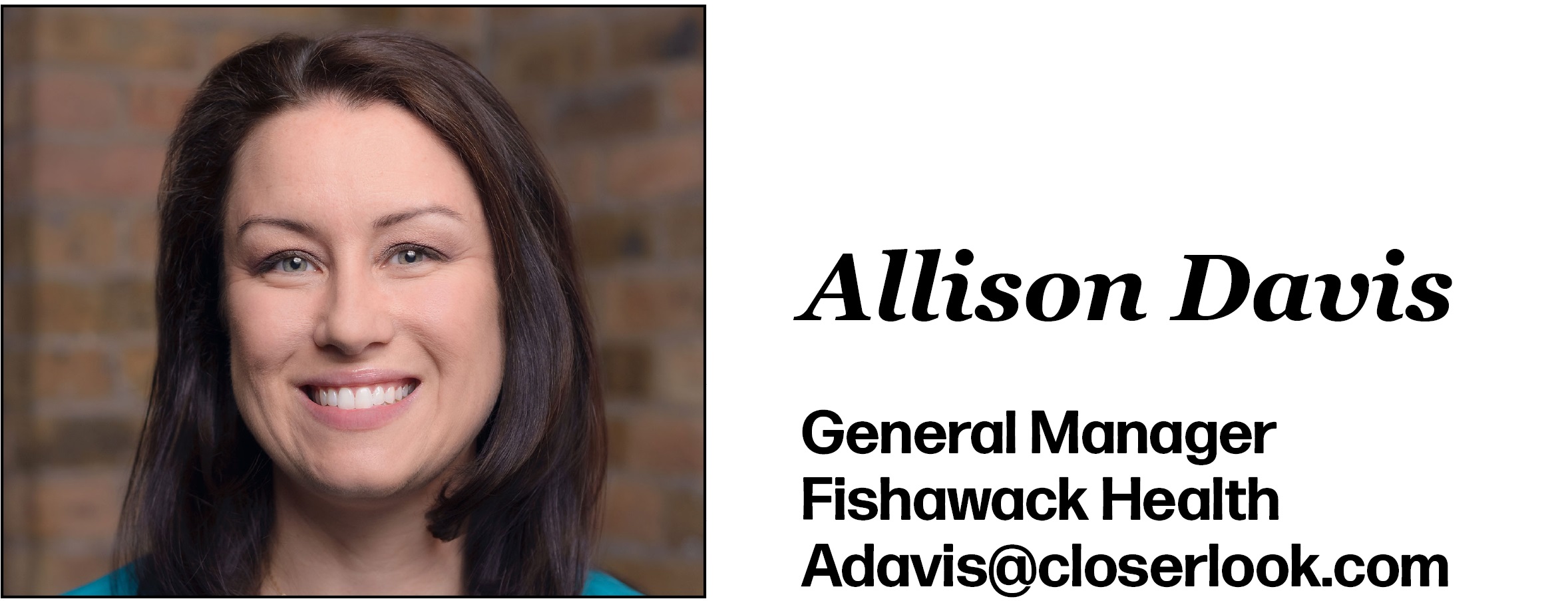 When developing a disease awareness campaign, the priority should be driving a true connection with the intended audience. This means discovering how a disease impacts multiple facets of patients’ lives, their relationships, their families, and their identity. To do that, you need to be immersed in the experience of the patients, their families, and the doctors who treat them. This is particularly true for misunderstood disease states, where patients undergo a complex diagnostic journey that often leads to feelings of isolation and mistrust. In these cases, clinicians may have little or no experience with the disease and they, too, may feel helpless when it comes to treating their patients.
When developing a disease awareness campaign, the priority should be driving a true connection with the intended audience. This means discovering how a disease impacts multiple facets of patients’ lives, their relationships, their families, and their identity. To do that, you need to be immersed in the experience of the patients, their families, and the doctors who treat them. This is particularly true for misunderstood disease states, where patients undergo a complex diagnostic journey that often leads to feelings of isolation and mistrust. In these cases, clinicians may have little or no experience with the disease and they, too, may feel helpless when it comes to treating their patients.
The Difference Between a Good and Great Campaign
If a good campaign drives a connection between a brand and its audience, a great campaign takes this a step further, strengthening the relationship between clinicians and patients through shared understanding, empathy, and responsibility. A great campaign is rooted in insight about the patient and prioritizes relevance above all.
The disease awareness campaign is the ideal time to build clarity and forge connections to ensure these stakeholders speak the same language; the patient feels empowered and the physician understands the patients’ needs and goals for their quality of life. Here, storytelling is a crucial tool in your arsenal, helping balance scientific rigor and accuracy with clarity and emotional connection. You can then take HCPs and patients on a unified learning journey that provides high-quality, easily discoverable, disease information.
When done well, a compelling, relevant, and insight-driven disease awareness campaign will empower patients and clinicians by providing a shared sense of understanding that revolutionizes the patient experience and in turn, builds the foundation for a branded campaign that realizes the full potential of the brand.
 The healthcare landscape and opportunities to connect with patients and HCPs continue to evolve at a record-setting pace. In response, advertisers and agencies must be more open to unproven tactics while mitigating risks. VR and augmented reality (AR) are among the game-changing technologies that have the potential to revolutionize pharma marketing.
The healthcare landscape and opportunities to connect with patients and HCPs continue to evolve at a record-setting pace. In response, advertisers and agencies must be more open to unproven tactics while mitigating risks. VR and augmented reality (AR) are among the game-changing technologies that have the potential to revolutionize pharma marketing.
Disease awareness is a key part of pharma marketing strategies to engage both patients and HCPs. Messages are designed to educate audiences with the goals of fostering brand consideration and generating awareness. Connected TV/Over-the-Top (OTT) and Addressable TV have opened new ways for marketers to hyper target audiences. But these channels can fall short in creating memorable experiences.
The Benefits and Challenges of VR/AR
Through VR and AR, diseases such as migraine headaches and macular degeneration could be simulated in an immersive environment. At the same time, these personal experiences could palpably demonstrate for patients how a particular treatment might work or feel. HCPs could also gain new perspectives on patients by experiencing the symptoms first-hand. For both audiences, these technologies could help products and brands stand out from competitors in an often-cluttered marketing landscape. While another opportunity may be to build off the growing use of telemedicine to enhance the overall experiences for both sides.
One of the challenges to adoption of VR and AR at scale will be access to affordable technology as well as addressing the regulatory requirements for including important safety information (ISI). Marketers will need to work with content creators to determine how ISI can be included without compromising simulations. Pharma marketing has traditionally been slow to adopt new channels, but brands that win the VR/AR race will be those that can see the enormous potential for these technologies for education and prompting brand consideration.
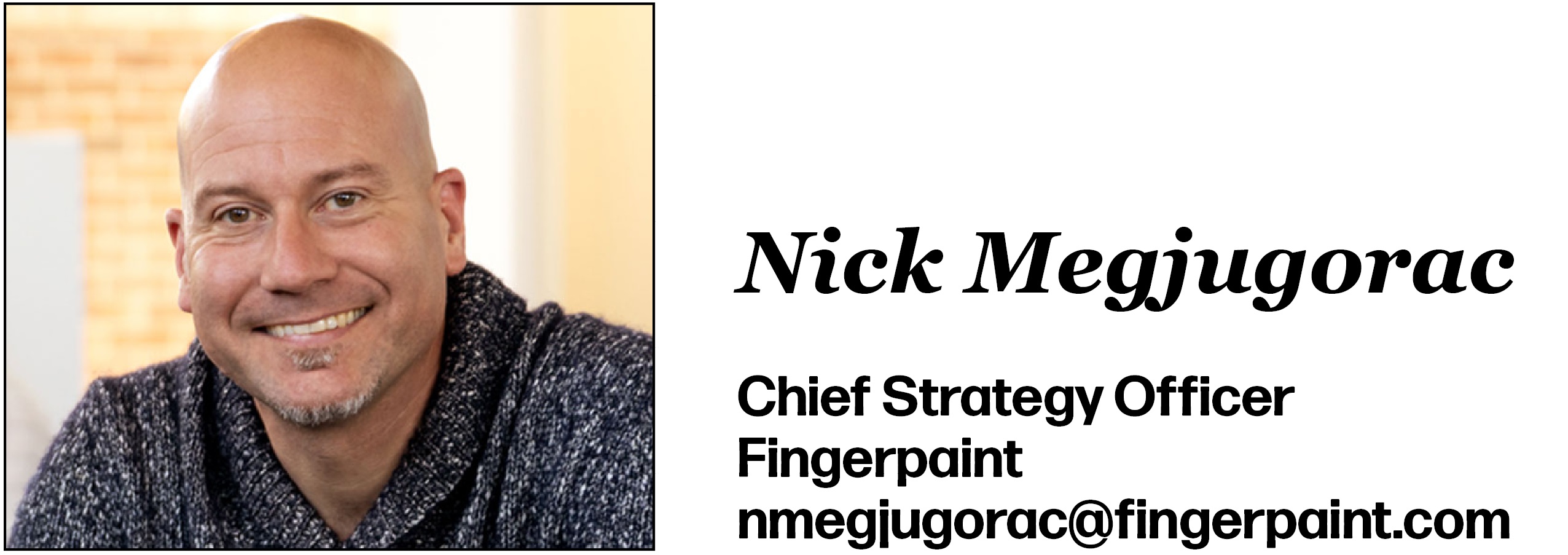 When determining duration and timing, no single methodology can just spit out the answer after entering a few inputs. Instead, it might be better to ask: How large is the learning gap that must be bridged to ensure a successful launch? The answer influences when you begin your communications, how long they run, and whether those activities are planned in distinct phases or all at once.
When determining duration and timing, no single methodology can just spit out the answer after entering a few inputs. Instead, it might be better to ask: How large is the learning gap that must be bridged to ensure a successful launch? The answer influences when you begin your communications, how long they run, and whether those activities are planned in distinct phases or all at once.
Unbranded communications are some of the most rewarding projects that pharma marketers execute, by allowing them to push past the constraints of ISI and compliance that typically influence their deliverables. It is a chance to champion breakthrough science and bring new ideas to their audience. However, the reality is that the impact of unbranded work is often diminished by a conservative regulatory environment. This leaves a void between the promise of what a breakthrough scientific discovery could mean and the inability to fully communicate its relevance.
Determining Your Risk Tolerance
The true question shaping unbranded approaches: What level of risk is your organization willing to manage at this phase of development? Real consequences come with the answer. By assuming little risk early on, you may squander an opportunity to build brand equity before launch (think generic disease-state education). This strategy pre-positions your product in the context of its competitors and leaves it fighting for an incremental sliver of the current conversation.
Assuming greater risk early on may take more resources, but the benefits far outweigh the effort. Take an MOA story for instance; being bold allows you to reframe what is already known in the context of new, cutting-edge findings. Selecting the right partnerships (both internally and externally) can provide the courage and credibility to help an emerging story find its voice and to create a differentiated and ownable foundation for launch.


